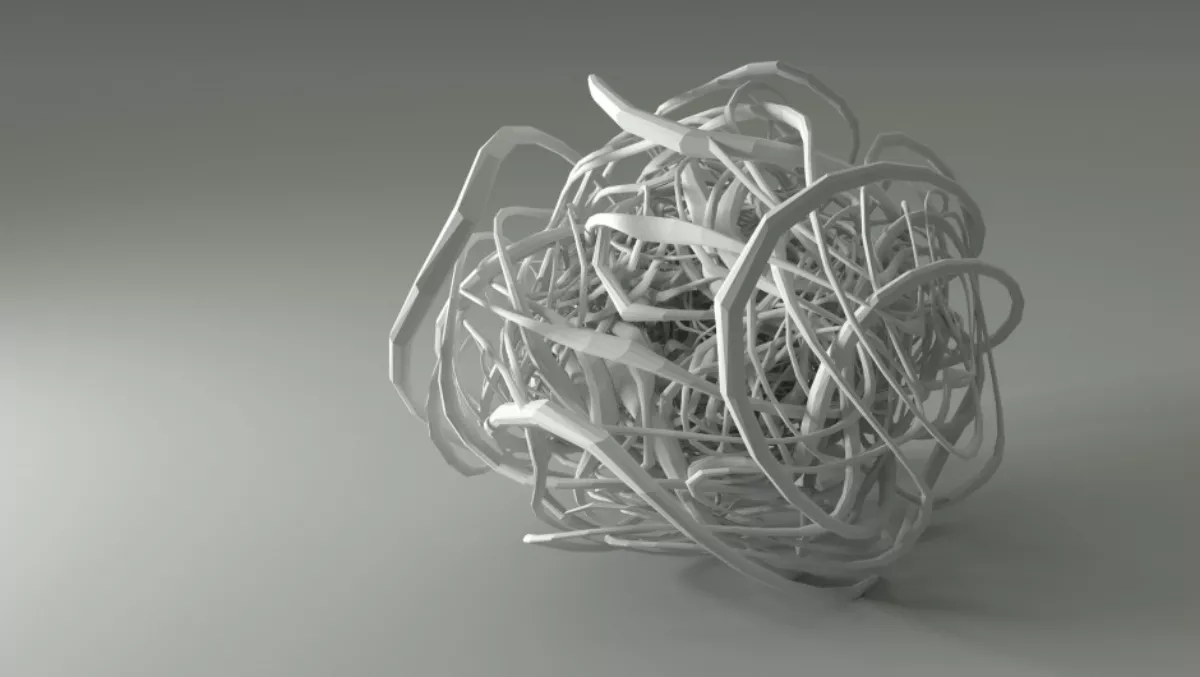
HP’s new Jet Fusion 3D Printers change the conversation
The largest new vendor to enter the 3D printer market, does HP have what you need?
HP announced on 17 May the first 3D printers that it has designed and manufactured, within the timepromised eighteen months ago. The Jet Fusion 3D 3200 and 4200 systems will begin shipping in October.
No stranger to the 3D printer market, HP formerly resold Stratasys printers under the DesignJet brand for a year. The company also provided the binder inks to Z Corporation (subsequently sold to 3D Systems) for its 3D printers. I visited HP's 3D printing development facility in Barcelona two weeks ago to learn more.
HP's "Jet Fusion 3D Printing Solution" is based on its proprietary "multijet fusion" technology. MJF is a variation on powder bed fusion, one of the seven technologies that make up 3D printing. Unlike other variations, in which a plastic or metal powder is sintered using a laser or electron beam, MJF involves jetting 10 picolitre droplets of two fluids, one fusing and one detailing, onto a layer of powder in a 20 micron by 20 micron grid at the rate of over 300 million drops/second and then exposing it to infrared energy.
HP Jet Fusion 3D Printer 4200

Source: HP
The process is rapidly repeated, resulting a build volume of 16" x 16" x 12" in as little as 8 hours. All that heat has to be dissipated. HP's "Processing Station" rapidly cools the build volume in a 1:1 ratio (one hour of printing = one hour of cooling). The unit also enables the operator to clean the cooled parts and to refill the build module with powder. The refill includes a mix of powder that was used in building the first parts (but not jetted with fluid) with unused powder.
HP Jet Fusion 3D Processing Station 4200

Source: HP
The build unit also sets the Jet Fusion printers apart. Each unit holds all of the powder needed for a build. Once full, the module is locked into the front of the printer. The build proceeds until complete, at which point the unit is removed for cooling in the room or in the processing station.
HP Jet Fusion 3D Build Unit

Source: HP
While the first build unit is cooling and its parts removed, a second module can be rolled into the printer. The overlapping process — print with one module while the previous module is cooling — reduces the elapsed time for multiple builds.
HP's engineers have already successfully tested MJF with ceramics and are investigating metals. For the time being, however, the Jet Fusion printers use only PA 11 or PA 12 (both are forms of nylon). And in any colour you want as long as you want black.
The MJF additive colour samples that I have seen, first over a year ago and again two weeks ago, are vibrant and much more vivid than those made with binder jetting, but not as bright as Stratasys' new J750 material extrusion printer produces.
HP Multi Jet Fusion Color Sample

Source: HP
HP has not given a timeline for when colour will be available, although SVP Stephen Nigro did indicate to me that a second printer specifically designed with the additional nozzles needed to jet colour fluids will be necessary for anyone who buys a black-only Jet Fusion 3D printer.
What about other materials? Unlike 3D printer manufacturers who grudgingly enable their customers to use someone else's materials, if they have not locked down the materials altogether, HP is making its powders "open source." The company has already lined up four suppliers (Arkema, BASF, Evonik and Lehman - Voss) and will enable them to sell their materials on a digital storefront for whatever price the supplier decides upon.
The open source materials must be certified by HP in advance and must be processed by HP into its packaging. All packaging will have sensors and chips that enable the buyer (and the 3D printer) to know not only what is in the package but also the material's manufacturing history.
While I could go on at length about HP's 3D printing systems, it is best for you to ask them for more details. Rather, let's get to the heart of the matter.
How much does it cost and what's in it for me?
HP's Jet Fusion 3D printer model 3200 system (printer, one module and fast cooling unit) is intended for prototyping and occasional short runs and costs $120,000. The model 4200 system, which is designed for production with a bigger build volume and hot-swapping of materials in the fusion unit, costs $200,000. The processing unit costs about $25,000 more. Both also offer the same materials, detail and quality. The 4200 will be able to 3D print up to 25 percent faster and, by using 200 litre material packages, be suited to higher volume manufacturing.
But what can you use a black-only, nylon 3D printer for, even one with high volume, high quality potential? Prototypes, certainly, even if only early stages when rapid, iterative models are critical. Tools, jigs and fixtures used on assembly and manufacturing lines are another possibility, enabling quick product line changeover, improved productivity and higher quality.
And, of course, finished goods. Not all 3D printed items are like my hearing aid shells — visible to the consumer on a daily basis. HP says there are 160 plastic parts within its Jet Fusion 3D printers that could be injection moulded. Of these, 66 are presently made with their 3D printers. 46 definitely will be made that way given design and volume considerations. The engineering of the remaining 20 parts is not yet complete so those items may not continue to be 3D printed.
Stay tuned as HP turns its considerable jetting hardware, software and materials expertise on the 3D printing industry.

